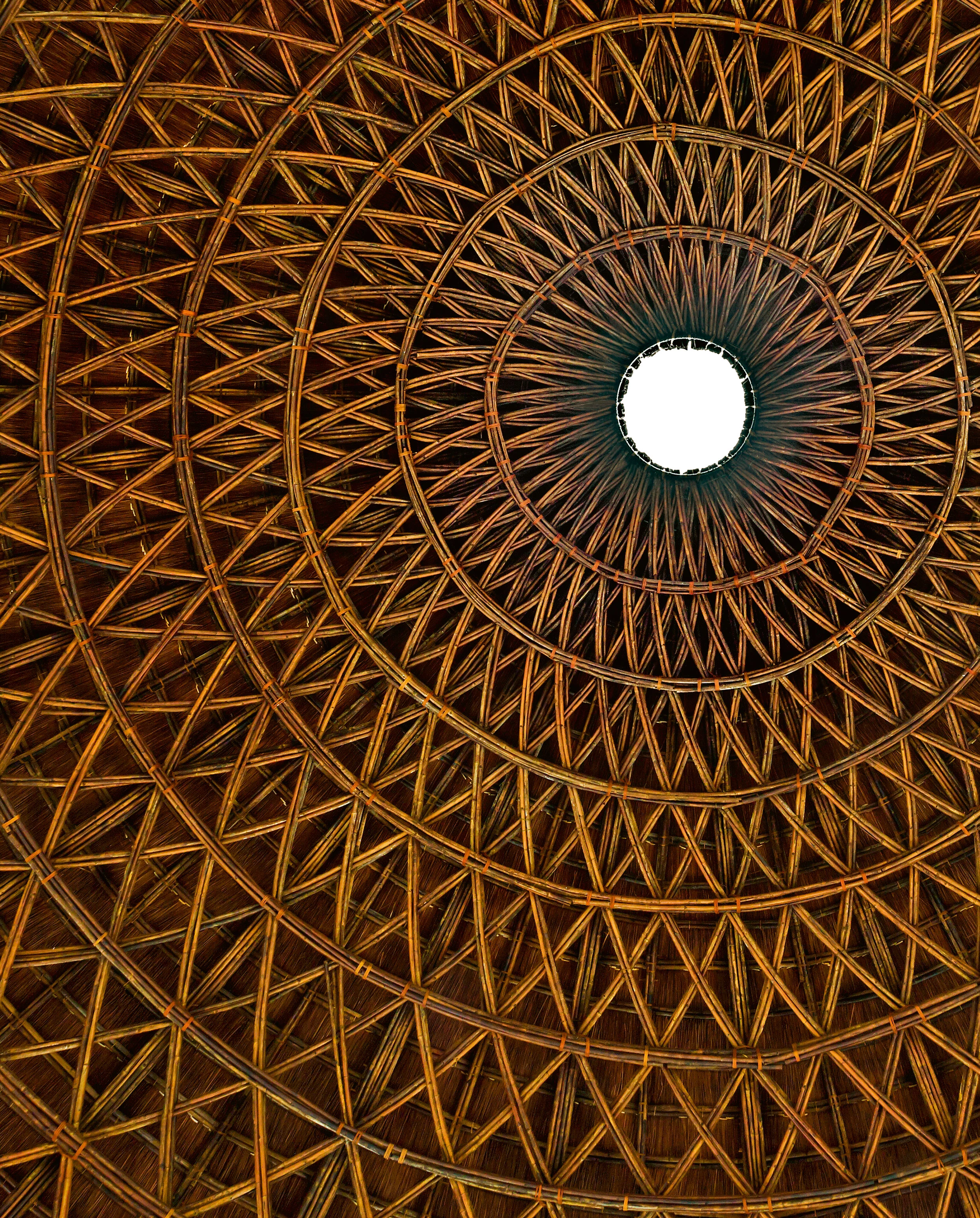
Vo Trong Nghia strives to make the world a better place, and tackles that titanic task in tune with nature. With the humble ambition of one who does not want to see the tsunami of urban development and prosperity destroy the essential landscapes of his country, the architect returned to Vietnam after training in Japan to design peaceful forms in dialogue with the environment, pavilions of exact geometry and vernacular inspiration, and light structures where bamboo replaces steel. The tactile beauty, constructive ingenuity, and elementary elegance of these contemporary and eternal architectures could only seduce clients and critics, but the appeal of the first works has made it hard to perceive the stubborn commitment of their designer with the health of the planet and with the protection of a natural world threatened by unrelenting modernity.
Trying to avoid being routinely pigeonholed as a studio specialized in sophisticated bamboo constructions – and despite having raised many excellent ones, and also despite being associated with a company dedicated precisely to that –, the studio of Vo Trong Nghia, VTN Architects, has explored very different paths in terms of form and technique, but all of them sharing the common pursuit of sustainability, as well as assigning a significant role to vegetation, which in projects like the Farming Kindergarten even reconciles the educational functions of a nursery school with the agricultural use of its green roofs, interwoven to symbolically express the relationship between natural environment and human universe, so that the entwined or curled image of the building plan becomes an emblem of the intimate harmony defended by the architect.
However, this introspective meditation is by no means self-withdrawn, because the active social agenda of the office calls for a humanitarian outreach, crystallized in different experimental prototypes of simple and affordable houses that can help solve the problem of dwelling in deprived environments, and also the need for the temporary shelter of refugees or catastrophe victims. With offices in the two metropolises of his country, Hanoi and Ho Chi Minh City, Vo Trong Nghia has become the most respected architect of Vietnam, and a role model for the younger generations, as much for his buildings as for his civic ethic, by which he understands architecture as a profession of service to society and in communion with nature: if the world must be a better place, this can probably only be achieved by putting that green goodness into practice.






